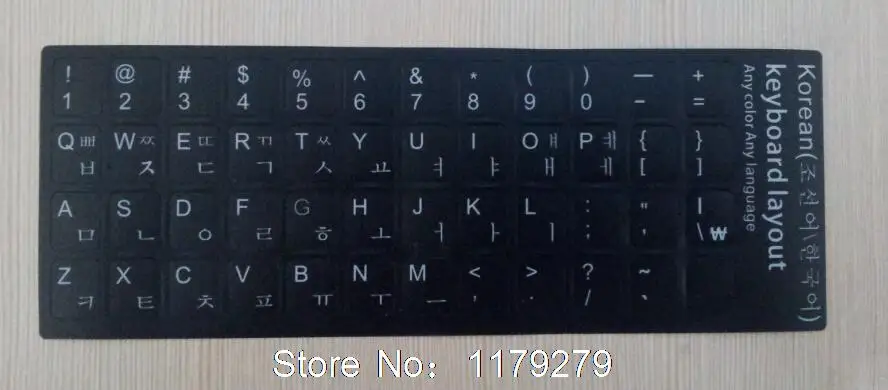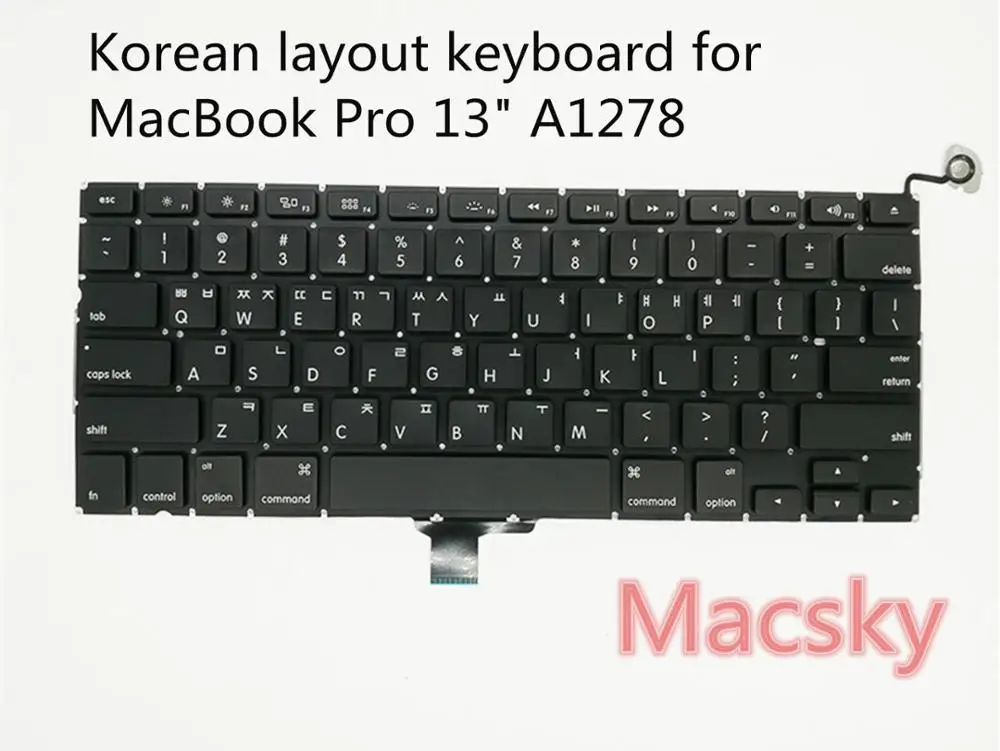

- #Korean keyboard layout stickers how to#
- #Korean keyboard layout stickers full#
- #Korean keyboard layout stickers mac#
Set a different wallpaper based on your current activity. You can also snap a window to one of the corners to make it fill a quarter of the screen. In split-screen view, you can now drag the divider in the center of the screen to resize both windows. When you start a split-screen view, the apps you use most often will be shown below your recently used apps to help you find the apps you need faster. Just drag one of the corners.Īccess your most used apps in split screen You can now minimize or maximize an app window without going to the options menu. When you swipe up while viewing a picture or video in your Gallery, you can see when and where the picture was taken, which device took the picture, where the picture is stored, and more. You get 5 GB of storage for each family member (up to 6 people). Gallery will recommend pictures to add to your shared family album by recognizing the faces of family members you select. It’s easier than ever to share pictures with your family. Preview has also been improved to make it easier to compare the original picture with the remaster. You can also remaster GIFs for better resolution and clarity. Remastering does more to make your pictures look great by removing shadows and reflections. You can even search for people without tagging their names just by tapping their faces. You can now search your Gallery for more than one person or subject at the same time. Expert RAW is now easier to access from the More menu in Camera.
#Korean keyboard layout stickers full#
It's easier to change the color tone of your selfies using the Effects button at the top of the screen.Įxpert RAW lets you take high-quality shots, perfect for those who want to have full control and edit photos later. Quickly change the color tone for selfies
#Korean keyboard layout stickers how to#
To learn how to change the Control Strip, see Customize the Touch Bar.One UI 5.1 takes your phone to the next level with new Gallery features as well as productivity and personalization enhancements.
#Korean keyboard layout stickers mac#
Use the Touch Bar: If your Mac has a Touch Bar and you customized the Control Strip by adding the Input Sources button, tap the button, then tap a Korean input source. To check your Keyboard settings, choose Apple menu > System Settings, then click Keyboard in the sidebar. Use the Fn key or : If you set an option in Keyboard settings to change input sources by using the Fn key or (if available on the keyboard), press the key to display a list of your input sources, then continue pressing the key until the input source you want is selected. To check your Input Sources settings, choose Apple menu > System Settings, click Keyboard in the sidebar, go to Text Input on the right, then click Edit. Use the Caps Lock key: If you set an option in Input Sources settings to use the Caps Lock key to change input sources, press the key to switch between a non-Latin input source (such as Korean) and a Latin input source (such as English). You can also press Option-Control-Space bar to select the next input source in the Input menu, or Control-Space bar to select the previous input source. If an input source is dimmed, the current app doesn’t support it. Use the Input menu: Click the Input menu in the menu bar, then choose a Korean input source. In an app on your Mac, do any of the following to choose one of the Korean input sources. For example, the M key corresponds to “ ㅁ” in Hangul.Īfter you set up a Korean input source, you can switch to it and start typing Korean characters.

You can use the English letter that corresponds to the pronunciation of each Hangul letter. HNC Romaja: Follows the romanizing orthography of Haansoft Inc. GongjinCheong Romaja: Follows the standard romanizing orthography of GongjinCheong.

This is the default input source for Hangul in macOS.ģ-Set Korean: Supports 3-set Hangul input used with the Gong Byung-Woo keyboard layout.ģ-Set Korean (390): Follows the general rules of 3-set Korean and supports the same input source for special characters as the English keyboard. Go to Text Input on the right, click Edit, then in the dialog that appears, click the Add button in the sidebar.Ĭhoose Korean from the list of languages on the left (use the search field or scroll down), then choose any of the following on the right:Ģ-Set Korean: Vowels are on the right side of the keyboard, and consonants on the left.

On your Mac, choose Apple menu > System Settings, then click Keyboard in the sidebar.


 0 kommentar(er)
0 kommentar(er)
